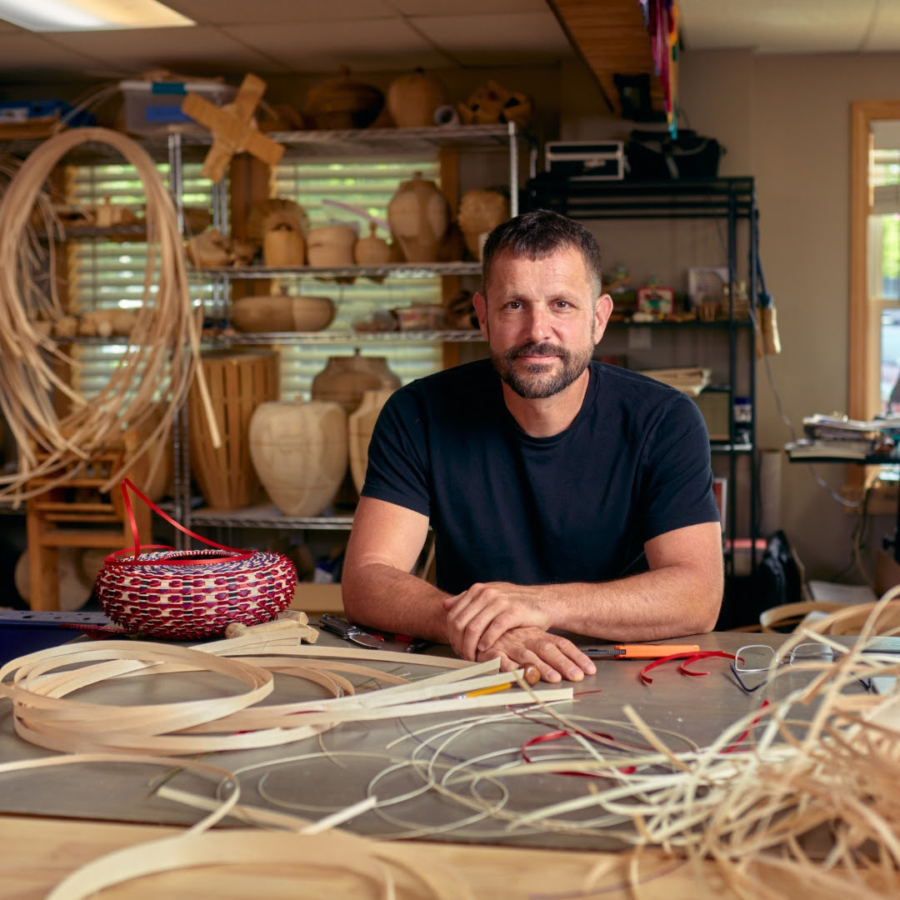October 15, 2008
Download as PDF
View on LA City Beat
The lobby of the Hammer is a hard space to work in – its monumentality often magnifies weak ideas – but Mungo Thomson could have chosen no more monumental subject than the universe itself. For this project, curated by Ali Subotnick, the artist downloaded public-domain images taken by the Hubble Space Telescope and made them into negatives, the inky black expanses of space becoming the smooth blank walls so familiar of the white cube. The shift makes the images already potently strange into something more simply, though quietly, psychedelic.
Though the negative space photographs themselves have a kind of easy tranquility, piped into the space are the moans of whales sped up to sounds like the twitter of birds and the twitter of birds slowed down to sounds like the moans of whales; nature impersonating itself with the universe as a backdrop. To his credit, he manages to mock post-hippie lifestyle without looking like an asshole, maybe even a little like a sympathetic, though ultimately skeptical, fellow traveler. Thomson’s work in some ways struggles to break out of the too laid-back ease of the classic sunstroked personality of L. A. He moves easily from topic to topic marked by interest in a psychedelic version of the West that’s distinctly clever but never quite hard-edged enough to puncture a hole in out uniquitously alternative lifestyle, at which in this instance he’s slyly poking fun.
Thomson collapses science and mysticism (something many a Sunset Boulevard snake-oil peddler does as a matter of course), while taking neither terribly seriously, then he brings the two back together as different manifestations of the same thing, mankind’s attempt to explain the unexplainable. Science seeks of course to close it off, to bring about empirical and peer-reviewable answers to any issue, problem, or mystery at hand. But the mystic uses the same set of information to deepen the mystery, to find truths beyond the empirical. Artists like Yves Klein, Bruce Nauman, and Joseph Beuys plumb ambiguities and unexpainables without heavy-handed dogma or breezy mantra-making. Thomson, in particular, takes us into a crevasse that neither science nor mysticism can travel, the peculiar human circumstance that is neither easily measurable nor explainable nor beyond the intellect. Rather, this space of exploration, at its best, is palpably strange and beautifully perplexing, an idea so elegantly simple it seems to have made itself.
Los Angeles cultivates some strange connection between the supernatural and outer space. From Ray Bradbury’s fantasies to Jet Propulsion Laboratory co-founder (and self-proclaimed anti-Christ) Jack Parsons’s occultism to softer New Age mysticisms of a thousand kinds, Los Angeles loves to look to the stars and trip (in all senses) the light fantastic. At the hammer, Mungo Thomson reveals his own godstruck truths.



